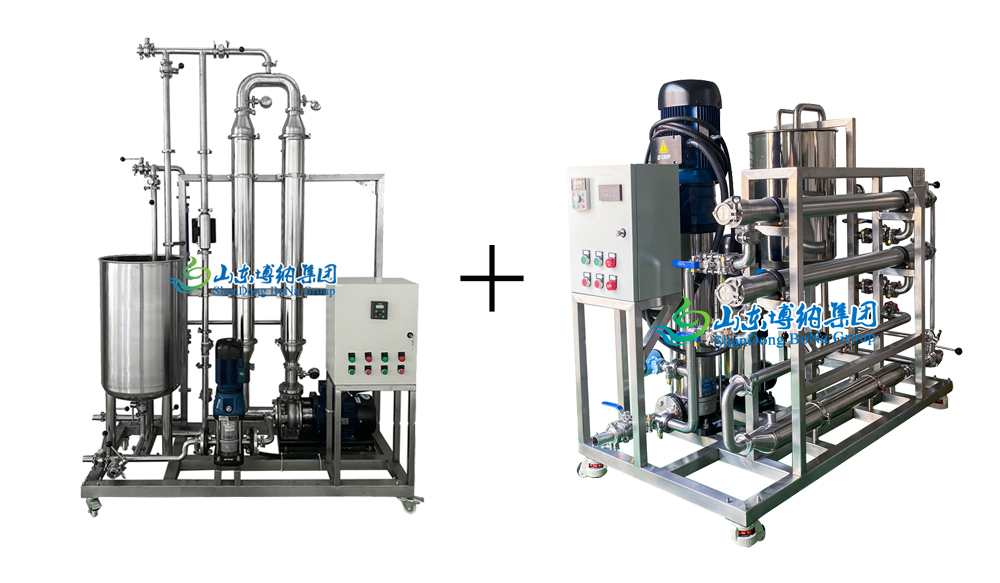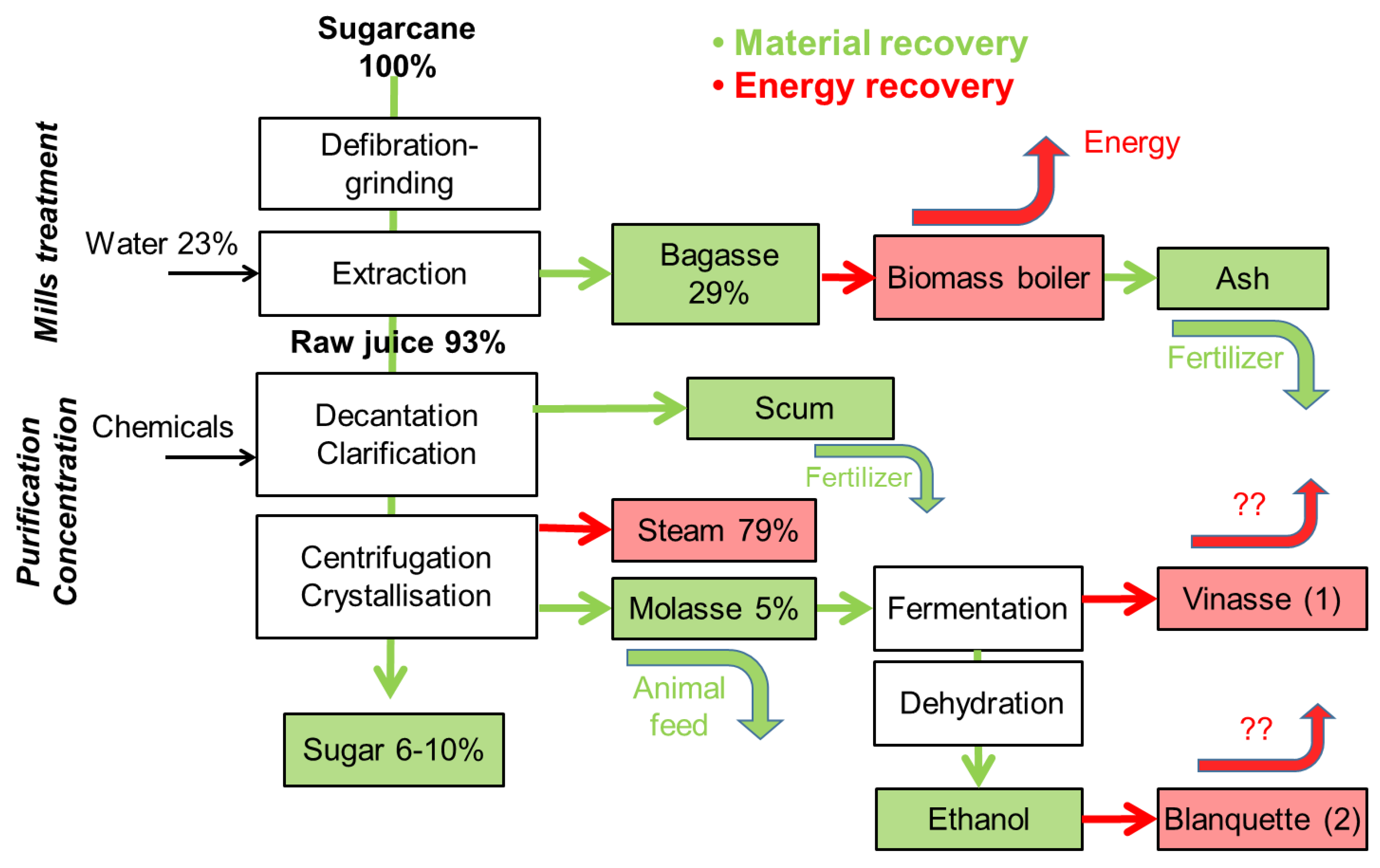How Safe Are Products From Sugarcane for Everyday Use?
How Safe Are Products From Sugarcane for Everyday Use?
Blog Article
Unlocking the Potential of Products From Sugarcane: a Comprehensive Overview
The capacity of sugarcane extends much beyond its traditional use for sugar manufacturing. This guide checks out the diverse applications of sugarcane, from power and naturally degradable products to wellness items. By analyzing its trip from area to factory, it exposes how lasting techniques can transform waste right into useful resources. As industries look for green solutions, the question remains: how can these developments improve our technique to farming and manufacturing?

The Journey of Sugarcane: From Area to Manufacturing facility
Sugarcane goes through an interesting improvement as it takes a trip from rich areas to busy manufacturing facilities. In the areas, the tall, green stalks are harvested, commonly by mechanical means or manual work. Once reduced, the sugarcane is quickly transported to refining facilities to assure maximum quality. At the manufacturing facility, the initial step entails crushing the walking stick to draw out the pleasant juice, which has sucrose. Products From Sugarcane. This juice is then filteringed system and cleared up, eliminating contaminations. Following this, it undergoes evaporation to concentrate the sugar material, causing crystallization. The resulting sugar crystals are divided from the staying molasses with centrifugation. Ultimately, the sugar is dried and packaged for circulation. Throughout this trip, preserving quality and efficiency is important, as the techniques utilized directly influence the item's last quality. This improvement not only highlights the farming value of sugarcane yet also its considerable role in the international economic climate
Sugar and Its By-products: Greater Than Simply Sweet taste
The change of sugarcane into refined sugar opens the door to a wide selection of products and applications that prolong beyond plain sweet taste. Sugar and its derivatives, such as molasses, brownish sugar, and glucose, play important roles in different markets, including food, drugs, and cosmetics. In the food sector, these components improve flavors, improve appearance, and serve as preservatives.Molasses, a result of sugar production, is rich in minerals and vitamins, making it an important component in health and wellness foods and pet feed. Sugar, a simple sugar originated from sugarcane, offers as a considerable power source in sporting activities nutrition and is important in the production of confectionery. Additionally, sugar by-products are utilized in fermentation processes, adding to the manufacture of liquors and other microbial items. On the whole, the convenience of sugar and its by-products highlights their significance beyond mere sweetness in daily life.
Biofuels: Harnessing Power From Sugarcane

A significant portion of international biofuel manufacturing currently counts on sugarcane, identified for its high energy return and efficiency in converting sunlight into biomass. This tropical plant functions as a main resource for ethanol, an eco-friendly fuel that can replace gasoline in cars. Sugarcane's capacity to create more ethanol per hectare than various other feedstocks, such as corn, contributes to its boosting appeal among biofuel producers.The fermentation process of sugarcane juice or molasses produces ethanol, which can be combined with fossil fuels to reduce greenhouse gas emissions. Furthermore, by making use of the recurring bagasse from sugarcane processing, energy can be created via combustion, more boosting the sustainability of biofuel manufacturing. As nations look for to reduce climate adjustment impacts, sugarcane biofuels provide a promising remedy, boosting power security and promoting agricultural sustainability while sustaining rural economic situations.
Biodegradable Plastics: The Sustainable Different
How can markets move to even more lasting practices despite growing plastic air pollution? One promising solution lies in naturally degradable plastics acquired from sugarcane. Unlike conventional petroleum-based plastics, these bioplastics supply a green choice that can greatly reduce ecological impact. Made from sustainable resources, sugarcane-based plastics break down more swiftly in various problems, lessening landfill buildup and marine debris.The production of eco-friendly plastics not only addresses waste management obstacles however also straightens with the increasing consumer demand for lasting products. Industries taking on these products can enhance their brand image while contributing to a circular economy. Additionally, the adjustment to biodegradable alternatives urges advancement and financial investment in brand-new modern technologies, cultivating a greener sector landscape.As extra firms recognize the benefits of sugarcane-derived plastics, the capacity for widespread fostering rises, leading the way for a much more lasting future in product packaging and item style.
Animal Feed and Fertilizers: Utilizing By-products
The by-products of sugarcane handling hold substantial capacity for both pet nourishment and natural fertilizers. These by-products can be included into pet feed, providing crucial nutrients while reducing waste. Furthermore, they can act as reliable organic fertilizer alternatives, enhancing dirt health and wellness and advertising sustainable agricultural practices.
By-products in Animal Nourishment
While sugarcane is mainly valued for its sucrose material, its results play a crucial function in animal nourishment, particularly in the form of animal feed and fertilizers. The fibrous deposit called bagasse, generated during the removal of juice, works as a useful resource of roughage for animals. This high-fiber material improves food digestion and promotes general health in ruminants. In addition, molasses, a by-product of sugar refining, is rich in energy and can be used to supplement animal diets, improving palatability and nutritional worth. Moreover, vinasse, a fluid result from ethanol manufacturing, includes essential nutrients and can be used as a feed additive. On the whole, sugarcane byproducts contribute greatly to sustainable animal nutrition techniques.
Organic Fertilizer Options
Using sugarcane results extends beyond animal nourishment to incorporate natural plant food alternatives that benefit agricultural techniques. The fibrous residues, such as bagasse and filter cake, function as efficient this natural plant foods, enhancing dirt health and improving plant yields. These products are abundant in nutrients, including potassium, nitrogen, and phosphorus, important for plant growth. When decayed, they boost soil structure, water retention, and microbial task, cultivating a lasting farming ecological community. Additionally, using sugarcane by-products for fertilizing reduces dependence on synthetic fertilizers, advertising eco-friendly farming techniques. By recycling these byproducts, farmers can add to a round economy while enhancing their efficiency and minimizing waste. This method exhibits cutting-edge strategies in lasting agriculture, leveraging sugarcane's full potential.
Health and Wellness: Nutritional Conveniences of Sugarcane
Numerous researches highlight the dietary benefits of sugarcane, making it an important addition to a well balanced diet plan. Rich in vital nutrients, sugarcane includes significant quantities of carbs, vitamins, and minerals, particularly vitamin Calcium, c, and potassium. These components contribute to overall wellness, supporting immune function and bone strength.Moreover, sugarcane is an all-natural source of anti-oxidants, which assist combat oxidative stress and anxiety and swelling in the body. Its high fiber content aids in digestion, advertising gut wellness and preventing constipation. Furthermore, sugarcane juice has been connected to hydration and energy replenishment, making it an outstanding option for athletes or those taking part in exhausting activities.Furthermore, the glycemic index of sugarcane is reasonably low, enabling a more steady release of energy, which may be helpful for individuals handling blood sugar level levels. Generally, including sugarcane into one's diet regimen can provide a renewing and nutritious option for health-conscious individuals.
Technologies in Sugarcane Products: Future Trends and Opportunities
What developments exist in advance for sugarcane products as markets look for to boost sustainability and consumer charm? The future of sugarcane items is positioned for considerable advancements, driven by the need for environmentally friendly options. Innovations in bio-based packaging, originated from sugarcane, are acquiring grip, providing a sustainable alternative to typical plastics. In enhancement, the exploration of sugarcane's bioactive substances is likely to bring about brand-new health and wellness supplements and practical foods, taking advantage of its all-natural benefits.Research into fermentation processes might generate unique biofuels, additionally branching out sugarcane's utility. Furthermore, the development of genetically modified sugarcane selections assures increased returns and resistance to parasites, consequently supporting sustainable farming methods. As consumers become extra eco aware, the combination of transparency in sourcing and manufacturing methods will certainly likewise play a necessary duty fit the future of sugarcane items. Ultimately, these technologies could redefine sugarcane's placement in worldwide markets.
Regularly Asked Concerns
What Are the Environmental Influences of Sugarcane Farming?
The ecological impacts of sugarcane farming consist of deforestation, loss of biodiversity, dirt degradation, and water pollution - Products From Sugarcane. Furthermore, too much pesticide and plant food usage can damage environments, while monoculture techniques may bring about reduced durability versus climate change

Exactly How Is Sugarcane Processed Into Different Products?
Sugarcane handling entails harvesting, crushing, and extracting juice, which is then made clear and focused. The resulting syrup can be fermented for ethanol or crystallized for sugar, while fibers are made use of for bioenergy and other items.

Exist Any Health Risks Connected With Sugarcane Intake?
The concern of health and wellness risks related to sugarcane consumption highlights concerns such as too much sugar consumption, potential allergic reactions, and stomach concerns. Small amounts is necessary to alleviate these risks while appreciating its dietary benefits.
What Are the Economic Benefits of Sugarcane Growing?
The economic advantages of sugarcane growing include work development, enhanced farming performance, and payments to regional economies. In addition, it supports renewable resource production and offers numerous by-products that can boost earnings within diverse markets.
Exactly How Does Sugarcane Contrast to Various Other Renewable Resources?
Sugarcane, as a renewable resource, demonstrates greater efficiency in biomass manufacturing contrasted to numerous choices. Its flexibility permits numerous byproducts, adding significantly to lasting methods, financial development, and reducing reliance on nonrenewable fuel sources. Glucose, a straightforward sugar derived from sugarcane, serves as a considerable power source in sports nourishment and is essential in the production of confectionery. Sugarcane's capability to create even more ethanol per hectare than other feedstocks, such as corn, adds to its enhancing appeal among biofuel producers.The fermentation process of sugarcane juice or molasses creates ethanol, which can be blended with fossil gas to lower greenhouse gas exhausts. Furthermore, sugarcane juice has actually been linked to hydration and energy replenishment, making it a superb option for athletes or those involving in strenuous activities.Furthermore, the glycemic index of sugarcane is fairly reduced, allowing for a more progressive launch of power, which might useful source be valuable for individuals managing blood sugar levels. see page In addition, the expedition of sugarcane's bioactive compounds is likely to lead to new health supplements and practical foods, utilizing on its all-natural benefits.Research right into fermentation procedures might produce unique biofuels, better expanding sugarcane's energy. The inquiry of wellness threats linked with sugarcane intake highlights problems such as too much sugar consumption, potential allergic reactions, and gastrointestinal issues.
Report this page